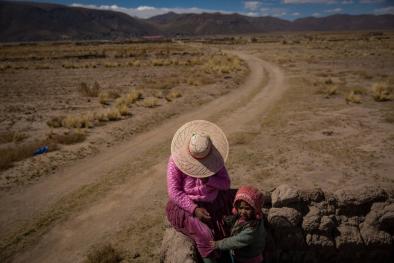Science Source
Increasing influence of air temperature on upper Colorado River streamflow
- Examines the influence of precipitation, temperature, and antecedent soil moisture on upper Colorado River basin (UCRB) water year streamflow over the past century
- States that while cool season precipitation explains most of the variability in annual flows, temperature appears to be highly influential under certain conditions, with the role of antecedent fall soil moisture less clear
- Finds that in both wet and dry years, when flow is substantially different than expected given precipitation, these factors can modulate the dominant precipitation influence on streamflow
- Finds that different combinations of temperature, precipitation, and soil moisture can result in flow deficits of similar magnitude, but recent droughts have been amplified by warmer temperatures that exacerbate the effects of relatively modest precipitation deficits
- Finds that since 1988, a marked increase in the frequency of warm years with lower flows than expected, given precipitation, suggests continued warming temperatures will be an increasingly important influence in reducing future UCRB water supplies
Related Content
Headline

Jul 7, 2016 | New York Times
Climate Change Claims a Lake, and an Identity
Headline

May 31, 2016 | Weather Underground
Haboob, Sandstorm, Dirt Storm? The Answer’s Blowing in the Texas Wind
Science Source
| Scientific Reports
Global land moisture trends: drier in dry and wetter in wet over land
Huihui Fenga and Mingyang Zhang
Science Source
| Proceedings of the National Academy of Sciences
Hot days induced by precipitation deficits at the global scale
Brigitte Mueller, Sonia I. Seneviratne


